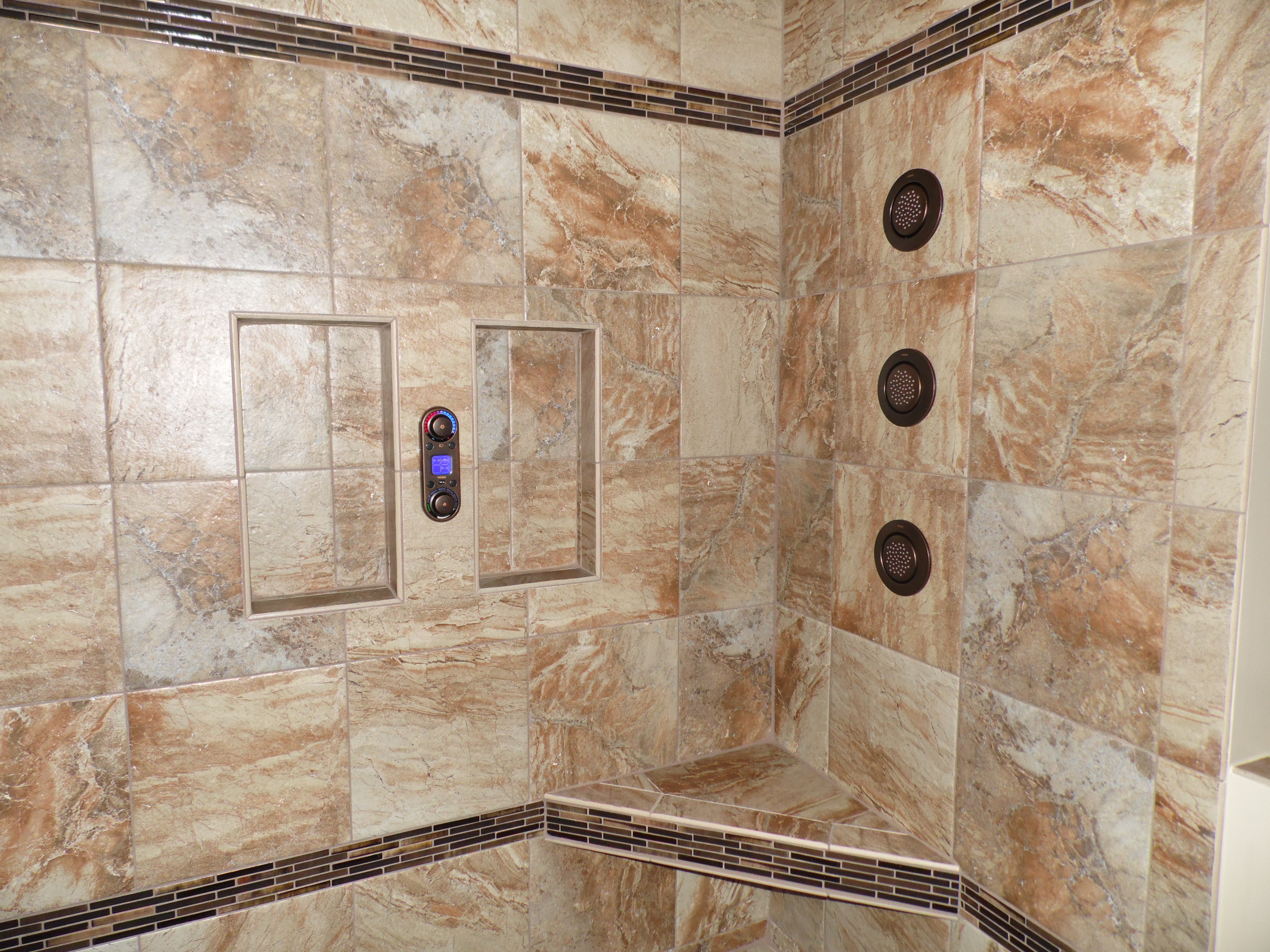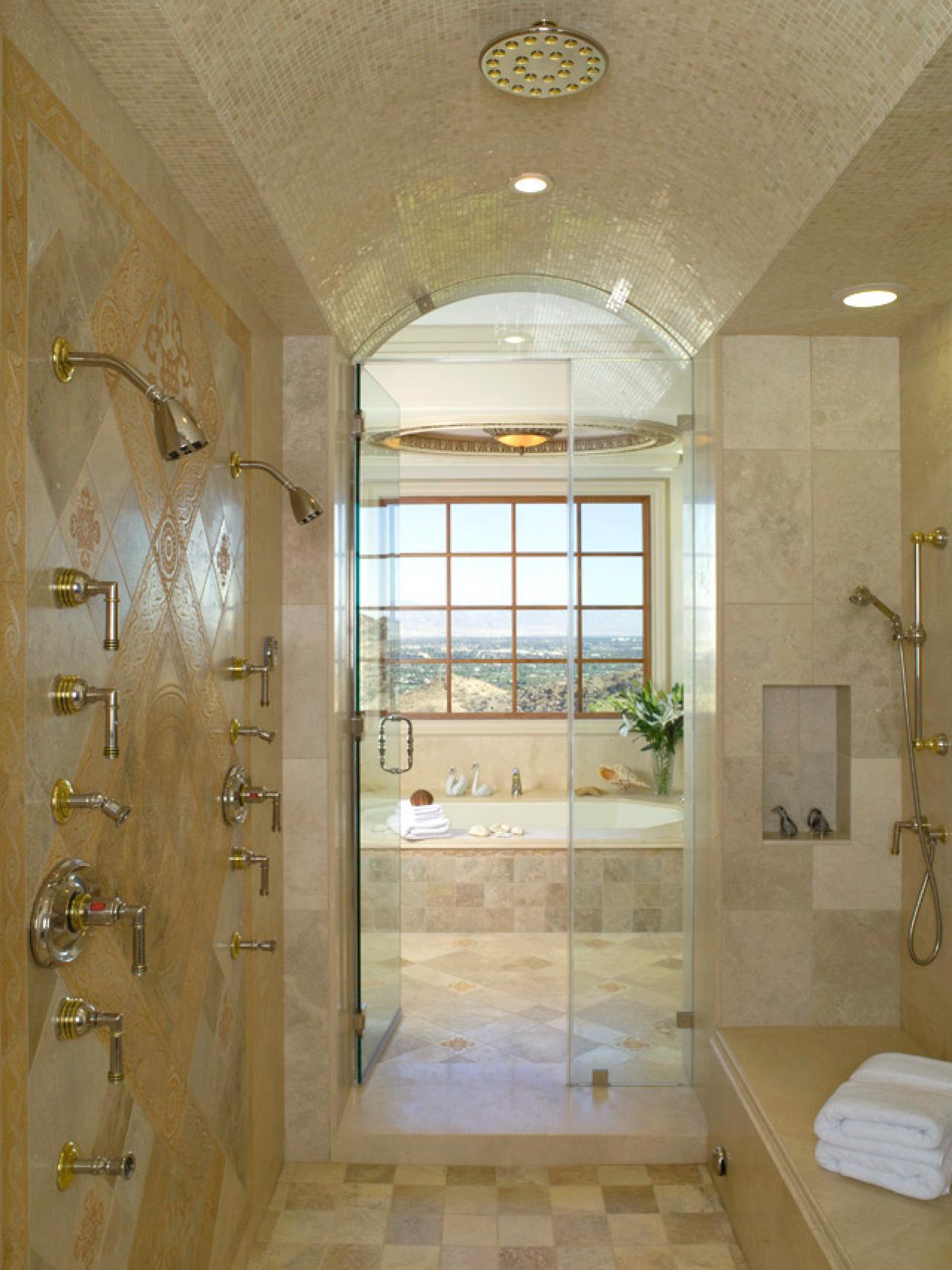

liquid-applied acrylic or latex-modified two-part cementitious coatings.styrene butadiene co-polymer latex admixtures (SBRs).liquid-applied polymer (acrylic) gels or pastes.Waterproofing systems available for interior tiling include a range of liquid-applied systems such as: Rebate flanges into the substrate to create a flush surface so drainage is not restricted and seal the waterproofing system onto the flanges (Figure 5).įigure 6 Sealing penetrations through wet area tiling.īack to top Range of waterproofing systems The floor outlet, either a conventional waste or a channel drain, should be specifically designed for use with a waterproof membrane and tiles. They may require notching the framing or packing out the sheet wall lining material to provide the required waterproofing detail at the tray/wall lining junction.
Tiled showers install#
Install according to the manufacturer’s instructions. Proprietary metal or acrylic tray-type shower bases over which tiles can be laid are also available. A waterproof membrane should be laid over (not under) a mortar bed to ensure that the mortar remains dry. L/360 = 400/360 = 1.1 mm is maximum permitted deflection.Ĭoncrete floors can have a rebate formed in the slab with the falls created using a mortar bed, or the falls can be incorporated when the floor is laid. For example, where L = the span between joists: The substrate must not deflect more than 1/360th of the span under dead and live loads. 18 mm fibre-cement compressed sheet flooring or 6 mm thick fibre-cement sheet tile underlay laid over flooring (minimum H1.2 flooring or H3 plywood) and fixed according to the manufacturer’s instructions.19 or 22 mm thick sealed, fibre-cement flooring installed according to the manufacturer’s instructions.


Tiled showers code#
New Zealand Building Code clause E3 Internal moisture requires that surfaces likely to be splashed must be impervious and easily cleaned and prevent water from penetrating behind linings or into concealed spaces. The key to a tiled shower that won’t leak is in the substrate and waterproofing installation. A LEAK IN A TILED SHOWER can be difficult to discover and may result in severe damage and costly repairs.


 0 kommentar(er)
0 kommentar(er)
